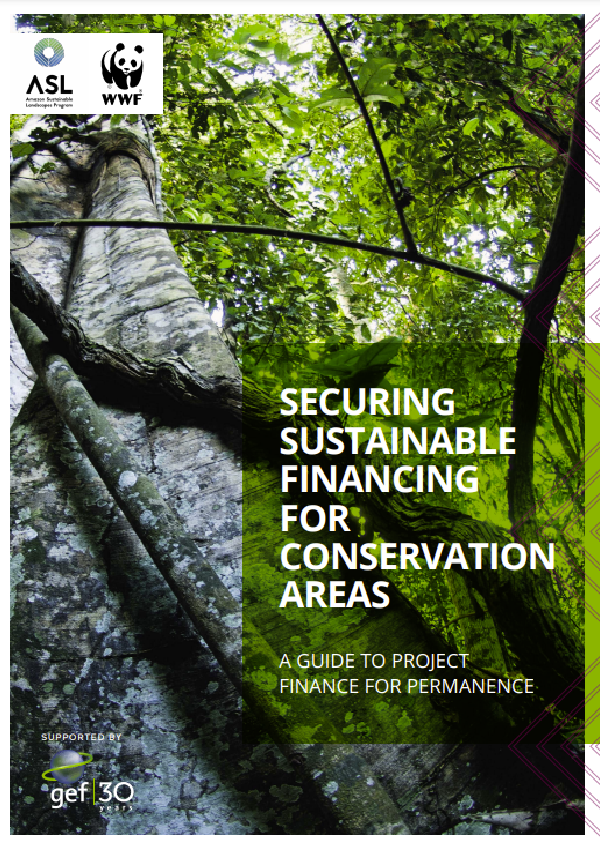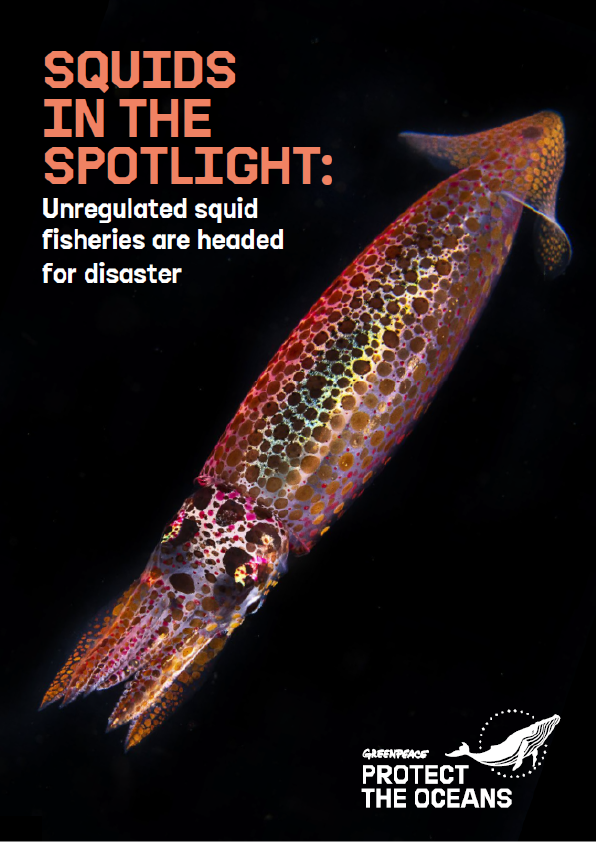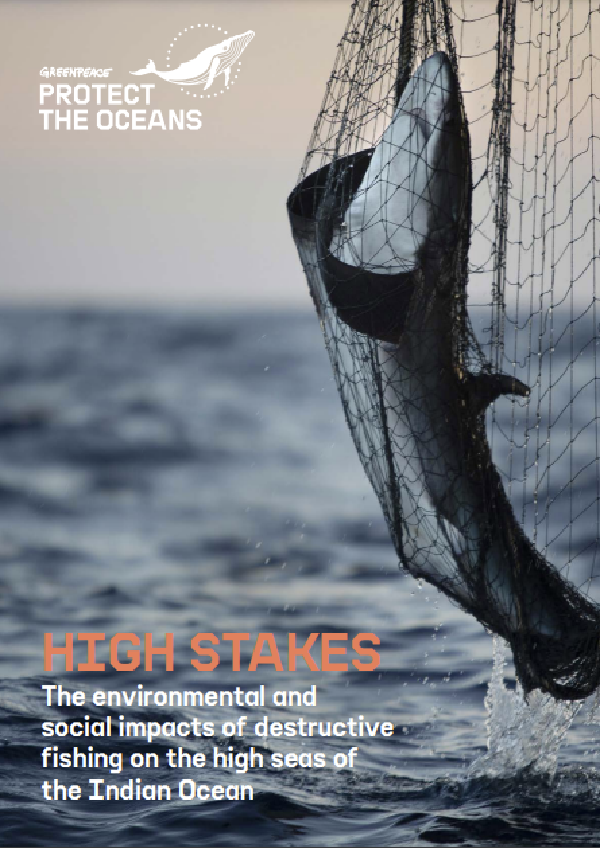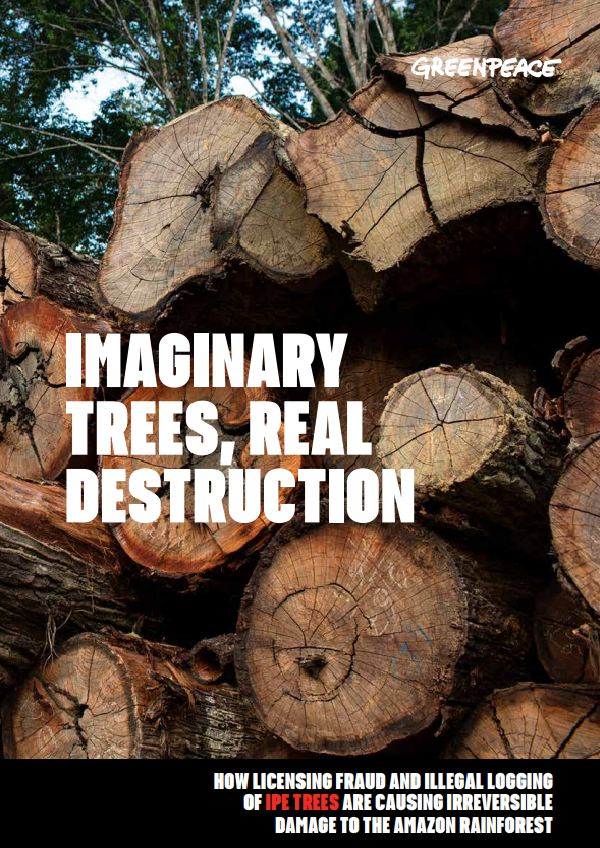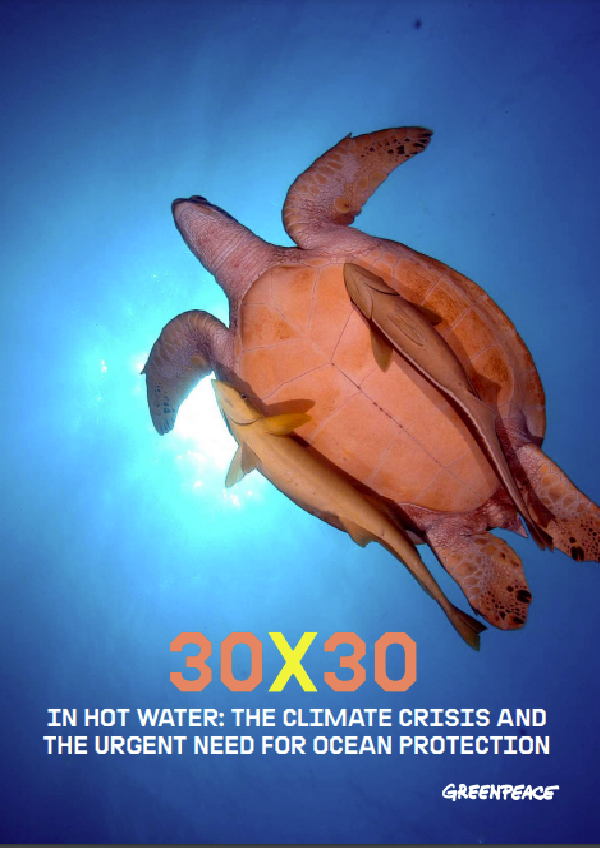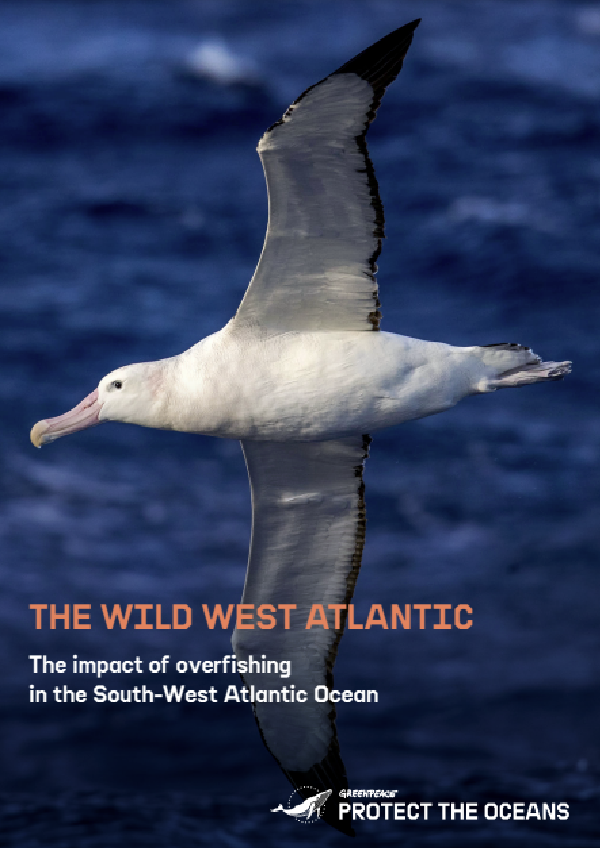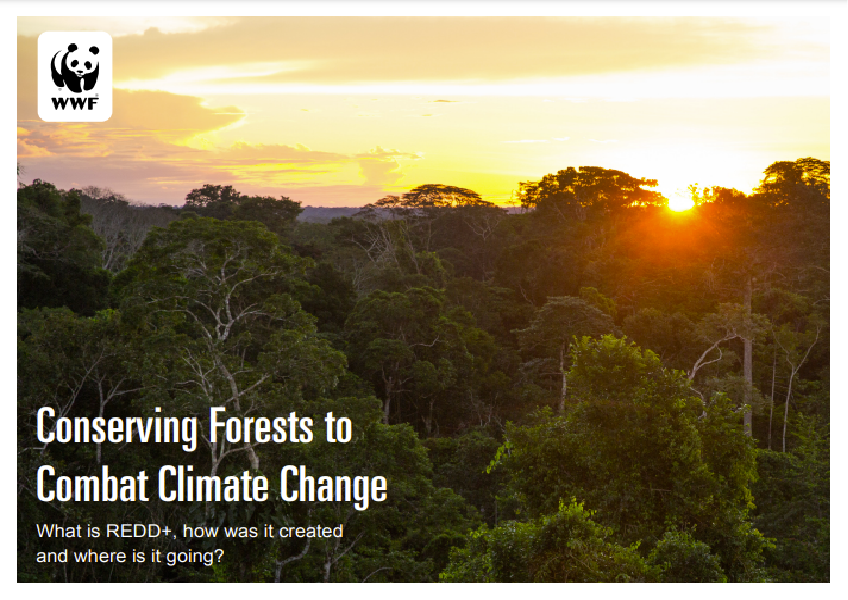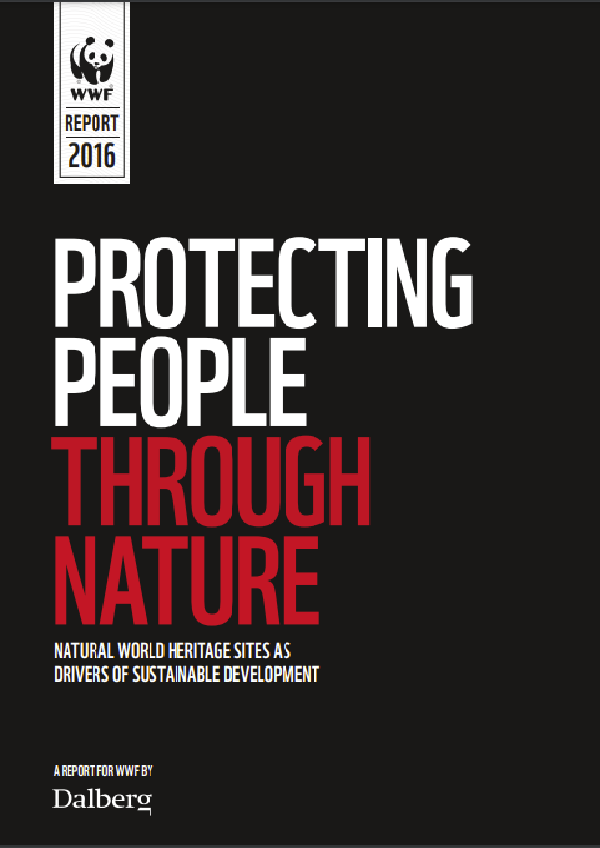While the PFP approach has been adapted to fit the unique context of each country and conservation area system, there are key components that define it: a shared conservation vision, charismatic goals translated into a conservation plan and a robust financial model, upfront commitments for necessary funding, closing conditions, an independent steering committee to oversee donated funds, an independent fund administrator, and disbursement conditions for the implementation phase. Closing a PFP requires considerable time and effort accompanied by strong technical and diplomatic skills. It also requires close and sustained coordination and communication among coalition members. The development of a PFP requires that all partners maintain a relationship of trust and assure their commitment to achieving an ambitious shared vision.
It will soon be ten years since Linden et al. published “A Big Deal for Conservation” in 2012, an article that sought to present a new solution for building a path towards sustainability of conservation areas. At that time, the proposed approach was based on the experiences of ARPA, Forever Costa Rica, and the Great Bear Rainforest bringing together common elements that allowed their successful closing. Since then, other PFP deals have been closed, including Bhutan for Life and Peru’s Natural Legacy. Together, all of these initiatives raised over $489 million in donor funds and more than $700 million in in-country financial commitments to preserve more than 80 million hectares of conservation areas.
These initiatives – and the fact that others like HECO are in development – show the potential of the PFP approach to achieve conservation at a large scale by addressing elements of sustainability in a holistic manner and generating benefits for communities that depend on conservation areas and the services they provide.
The PFP approach is having a major impact on how different countries are making their vision for conserving their natural capital a reality. Raising significant amounts of funding from various diverse sources, and having many actors partner to fulfill a common conservation vision is a major success. It also represents a paradigm shift for how conservation at scale can be achieved in many more places around the globe.
